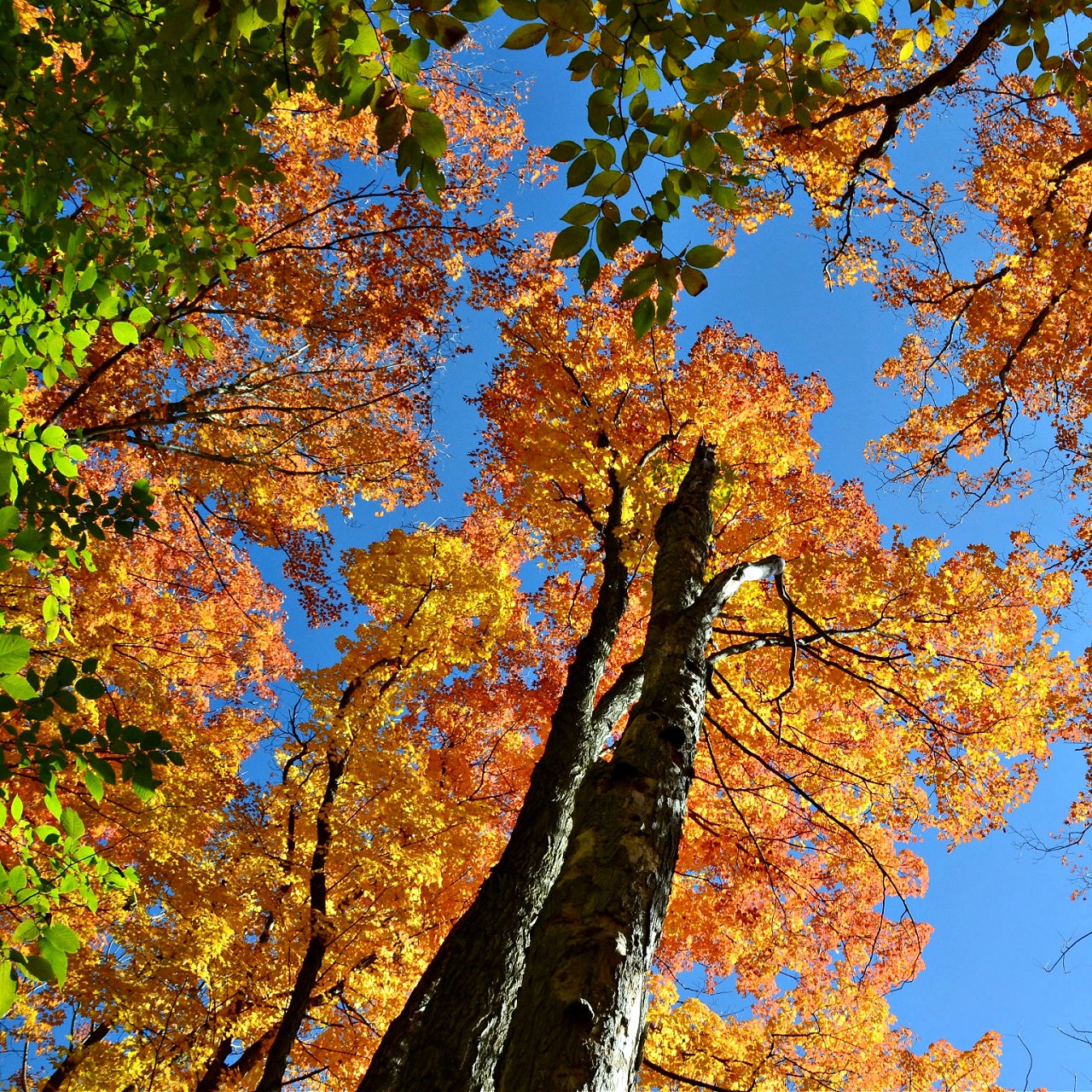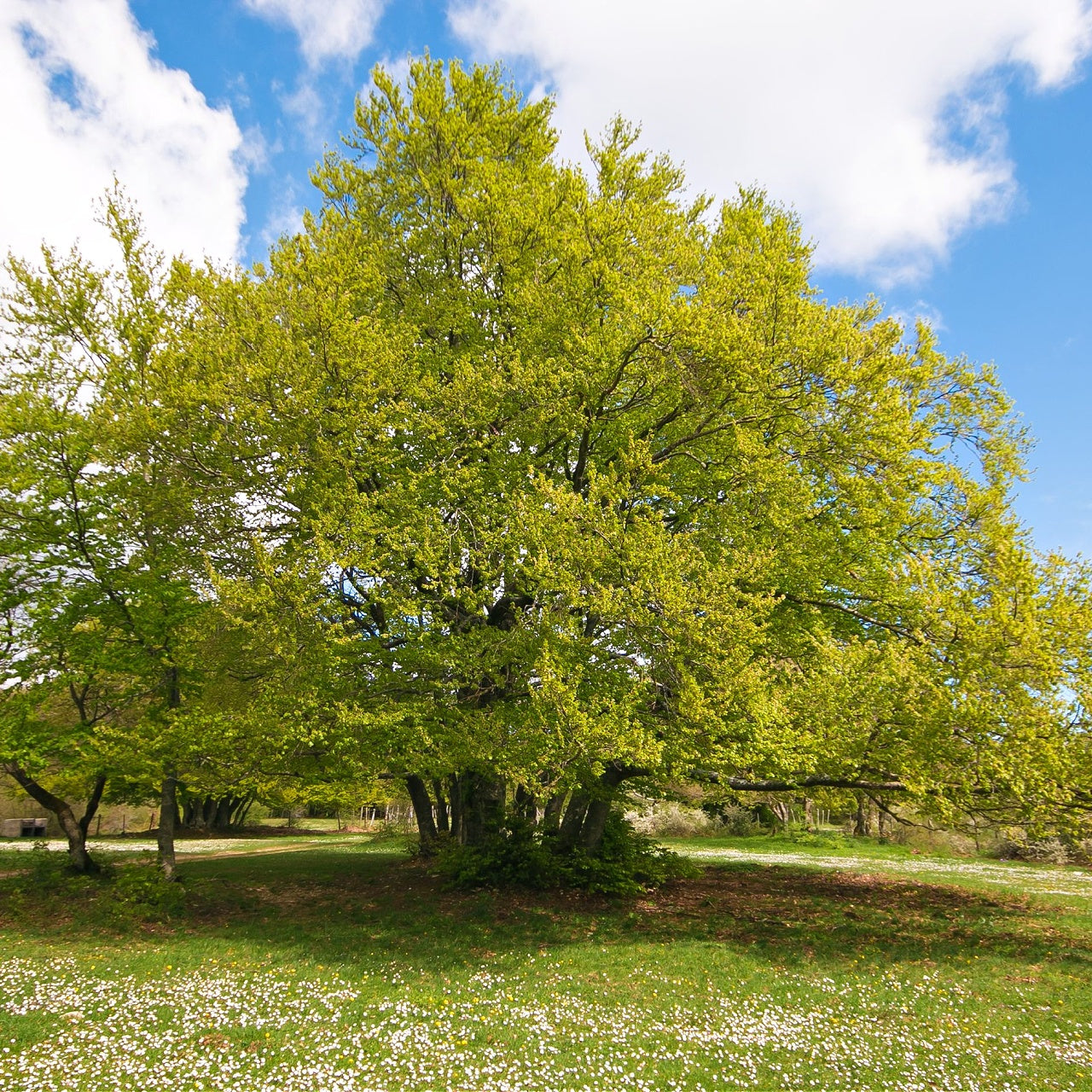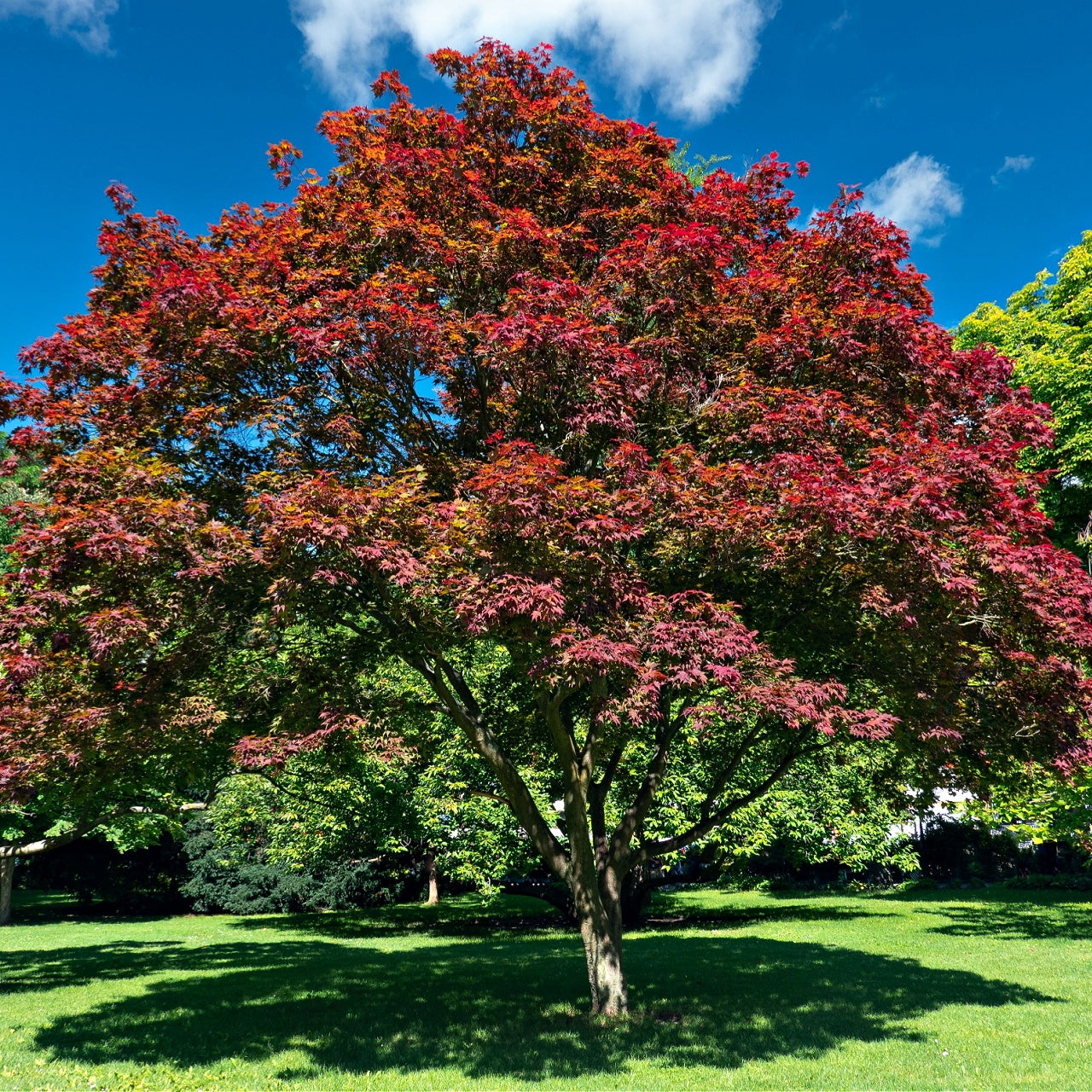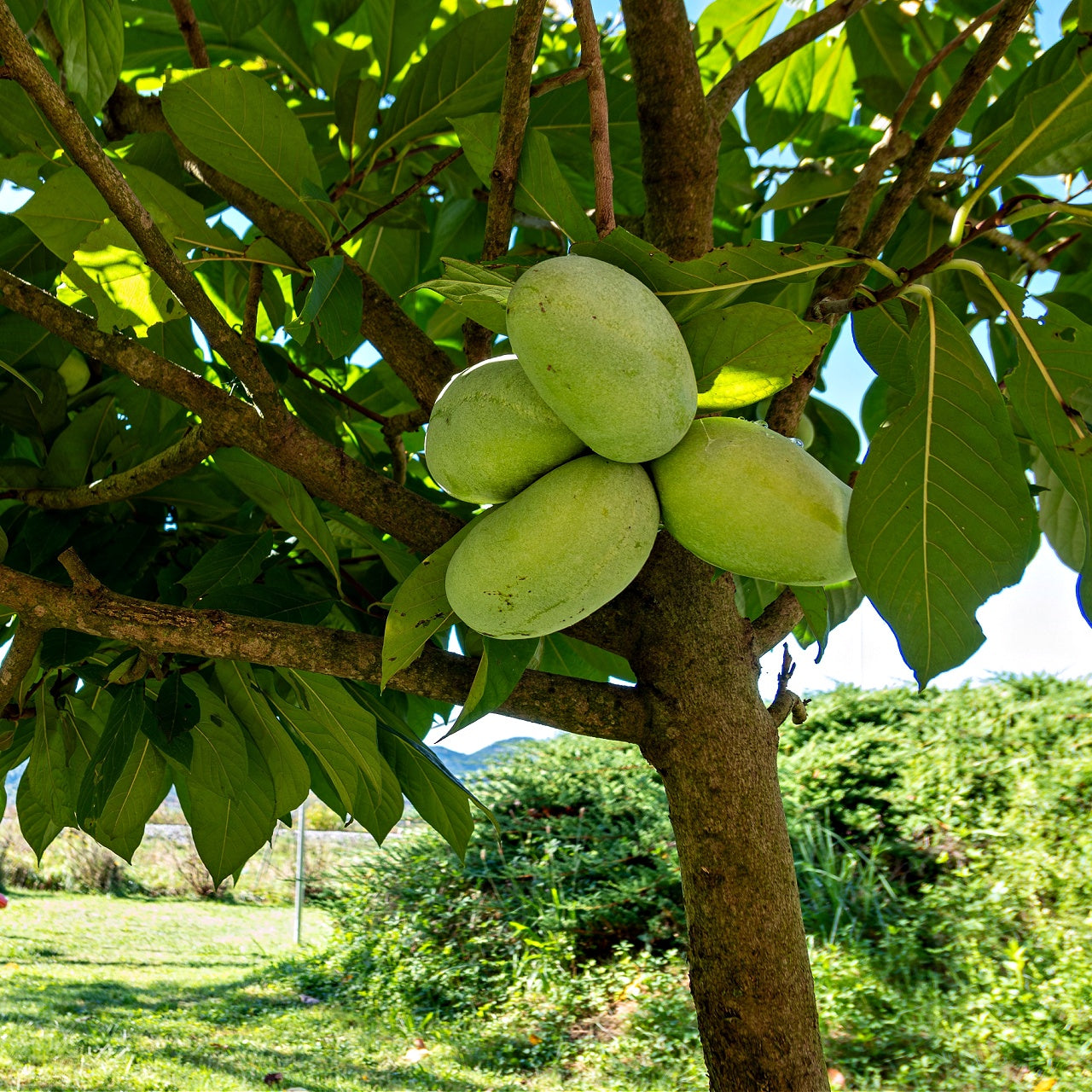
The Rose of Sharon is known as the shrub Althaea or the Purple Pillar
The Rose of Sharon is known as the shrub Althaea or the Purple Pillar
Purple Rose of Sharon Plant Description
The Rose of Sharon is known as the shrub Althaea or the Purple Pillar. It has a botanical name Hibiscus syriacus, or Althaea syriaca. It is a small tree in the hibiscus, or Malvaceae, family. The plant originates in eastern Asia but is widely planted for its showy flowers. It is noted for its single purple flower. The blooming continuously happens from midsummer to fall. Its flowers may last for a day against the broad ovate leaves. This tree can be an excellent addition to your garden as it helps you bring in color below.
General Physical Characteristics
Shrub type: deciduous
Leaves: green, which are maple-shaped.
Leave fall color- Yellow.
Summer is the blooming season.
Flower color: purple, shades of white, sometimes red.
Height ranges from ten to sixteen feet tall.
Upright and columnar growing habits
It attracts hummingbirds and butterflies.
Growing requirements
Temperature: It does well in plant hardiness zones 5 through 9, withstanding winter temperatures as low as unfavorable 20 degrees Fahrenheit.
Soil requirement
The shrub prefers moist, well-drained soil. The pH may range from alkaline to neutral. The advantage of this herb is that it can withstand drought and pollution, making it an excellent choice for urban gardens.
Lighting
At least 6 hours of total sun exposure to partial shade. It favors the rapid growth of blooms.
Best time of year to plant
It can be planted during the spring or fall as long as there is no threat of frost.
Location ideal for planting. The place should be well-ventilated with full sun or afternoon shade. A space with good airflow generates intense flowers and stems. Good space gives room for the plant to expand and spread out. The place should be free from solid wind protection to prevent curling or breaking of stems.
How to care for your plants
Once you've chosen your site and dug your hole, you're ready to plant your shrub. The hole should be twice the width of your container. Seeds can be started indoors and transferred, but potted plants purchased from a nursery are more commonly used. Carefully remove your flowering shrub from its container. It may be necessary to pry it out with a little trowel. Pulling it out by the trunk can harm the plant and its roots. Backfill the hole, water it thoroughly, and mulch it. Frequently, apply fertilizer with high potassium, medium levels of nitrogen, and a low amount of phosphorus. A high amount of phosphorus can be unfavorable to the plant. Also, a layer of compost manure promotes the growth of the plant. In the autumn, refill your mulch layer once again. It will help the plant get ready for the colder months. Freezing temperatures can cause the death of branches far beyond the ground.
Rose of Sharon Pruning:
Prune is good for maintaining shape and a formal appearance. Good pruning will favor branching, hence more flowers. The plant may produce more blooms in the spring if severely pruned in the autumn. If you desire many little flowers, prune lightly in the spring.
Remove any branches that are no longer productive, dead, or damaged. It promotes air circulation and allows sunlight to reach your plant evenly. Removing disease-damaged branches as soon as you see them is encouraged.
.
Pests and diseases:
The flower is prone to whiteflies, Japanese beetles, aphids, spider mites, and fungal diseases like leaf spots.






